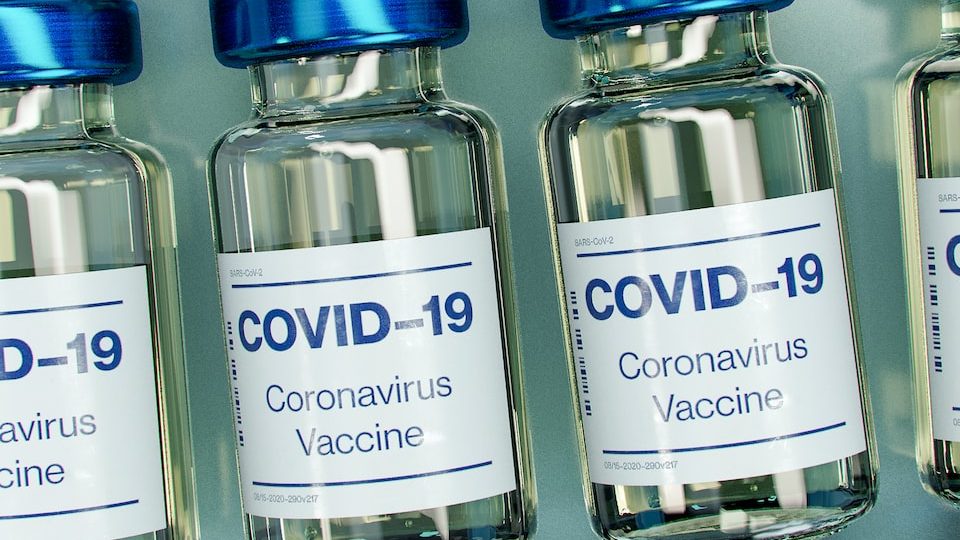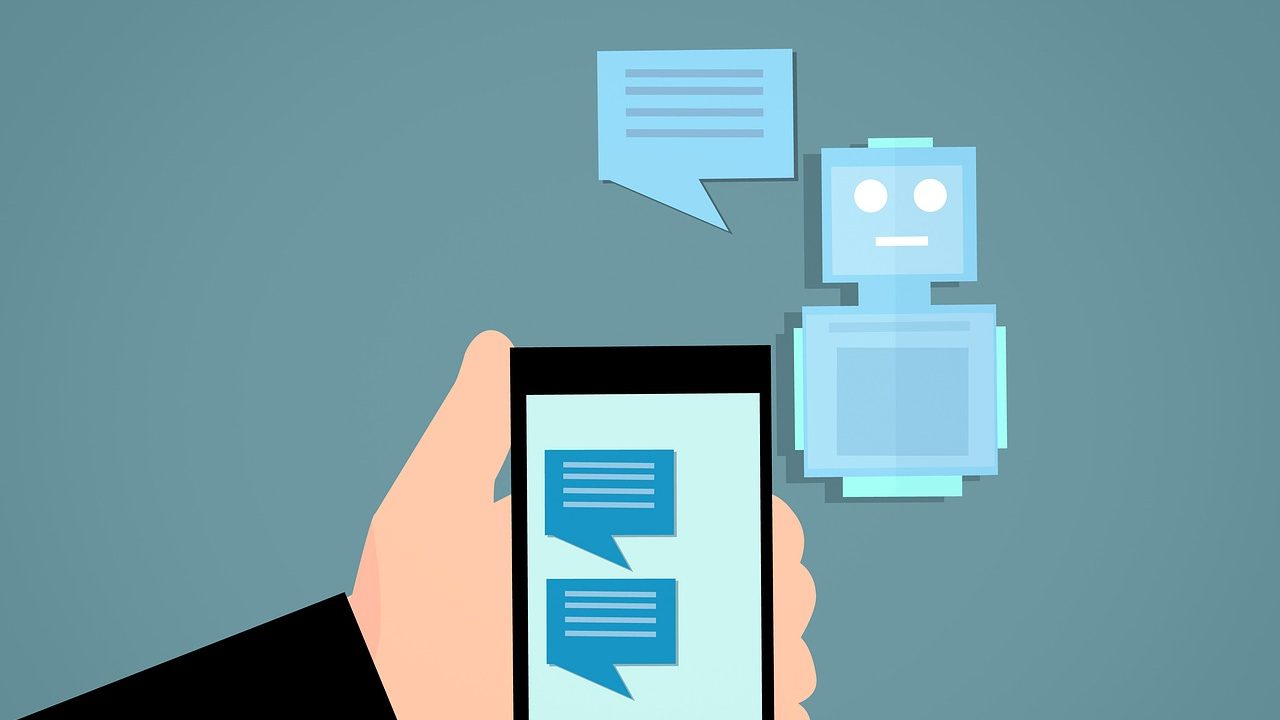In this review article, examples of hesitancy regarding the measles–mumps–rubella (MMR), human papillomavirus (HPV), and COVID-19 vaccines are used to explore the multifaceted issues that fuel vaccine hesitancy. Each of these examples is part of a larger, more complex story.







